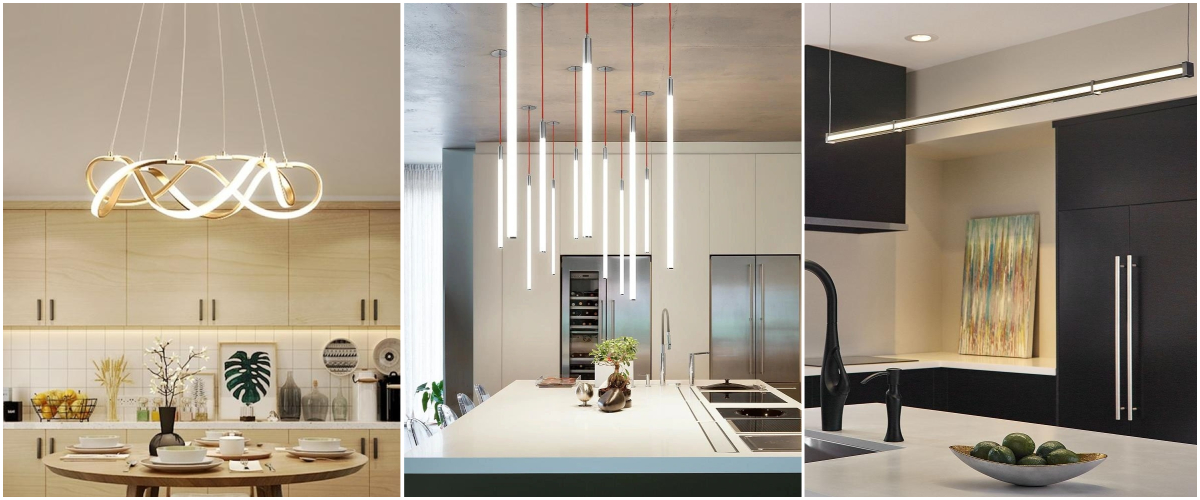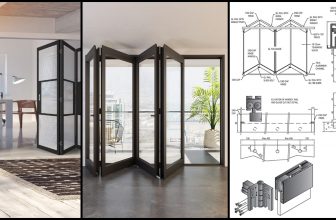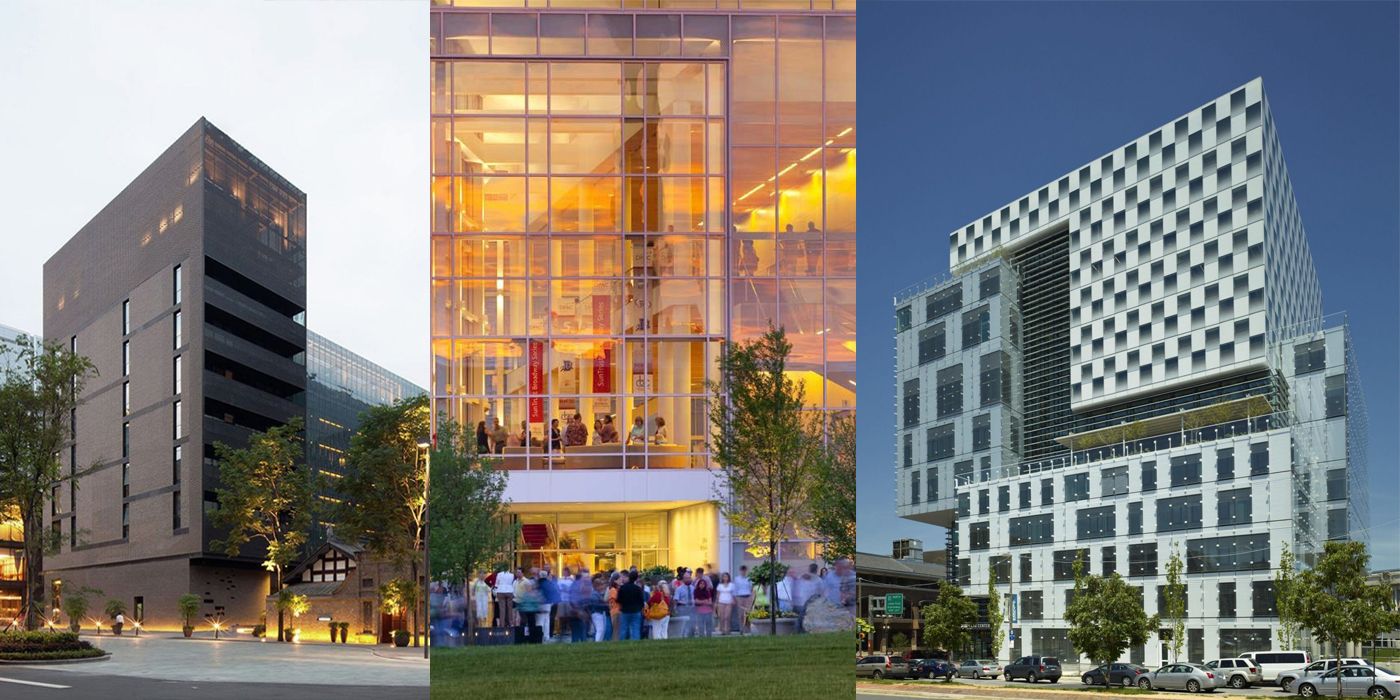In today’s environmentally conscious world, improving heating efficiency in different districts of a city is not just a matter of reducing energy bills; It is about betting on sustainability and innovation. As we navigate the challenges of climate change and urban sprawl, finding effective ways to improve district heating systems has become paramount.
Among the pioneers in this search for efficient and environmentally friendly heating solutions, Araner stands out as a benchmark for innovation in district cooling and district heating technologies for large urbanizations or cities.
1. Invest in smart heating controls
The first step to improving heating efficiency is the adoption of smart heating controls. These systems allow precise temperature regulation in different areas of a building, reducing energy waste and improving comfort. By adjusting heating based on occupancy and time of day, buildings can significantly reduce their energy consumption.
2. Upgrade to energy efficient heating systems
Replacing outdated heating systems with modern, energy-efficient alternatives is crucial. Technologies such as large scale heat pumps, which can serve both district heating and district cooling projects, are becoming increasingly popular due to their ability to use electricity more efficiently than traditional heating methods. Araner’s advances in this field highlight the potential for significant energy savings and carbon footprint reduction in urban environments.
Large scale heat pumps have recently been at the center of increasingly successful attempts for waste heat recovery and sustainable heating. As reducing energy consumption and greenhouse gas emissions remain a key goal for operators, large scale heat pumps are becoming essential for developing heating that employs waste heat and is thus more environmentally friendly.
3. Integration with Renewable Energy Sources
One of the most compelling aspects of district heating is its compatibility with a variety of renewable energy sources. Architects can seamlessly incorporate solar thermal panels, biomass, or geothermal systems into the centralized heat generation process. This integration not only promotes eco-friendly building practices but also positions district heating as a key player in the global pursuit of sustainable energy solutions.
4. Use large scale heat pumps and thermal storage
District heating and cooling allow for a reduction in primary energy consumption that ranges between 30 – 50%. This is especially true in the case of using large scale heat pumps and combined thermal storage tanks, which make the most of energy that would otherwise be wasted.
5. Updates to the latest technologies
Having the latest and most environmentally responsible technologies is important when undertaking a project such as investing in district energy and maintaining optimal levels of efficiency. Araner’s continued innovation in district cooling and district heating technologies serves as a reminder of the importance of staying up to date with the latest advances.
Improving heating efficiency in buildings is a multifaceted approach that requires a combination of technological innovation, infrastructural improvements, and human behavioral adjustments. It’s clear that the path to a more sustainable and efficient future is through embracing innovation and making conscious choices towards energy efficiency. With good technology you can make your buildings more comfortable to live and work in which makes for a more productive life.





